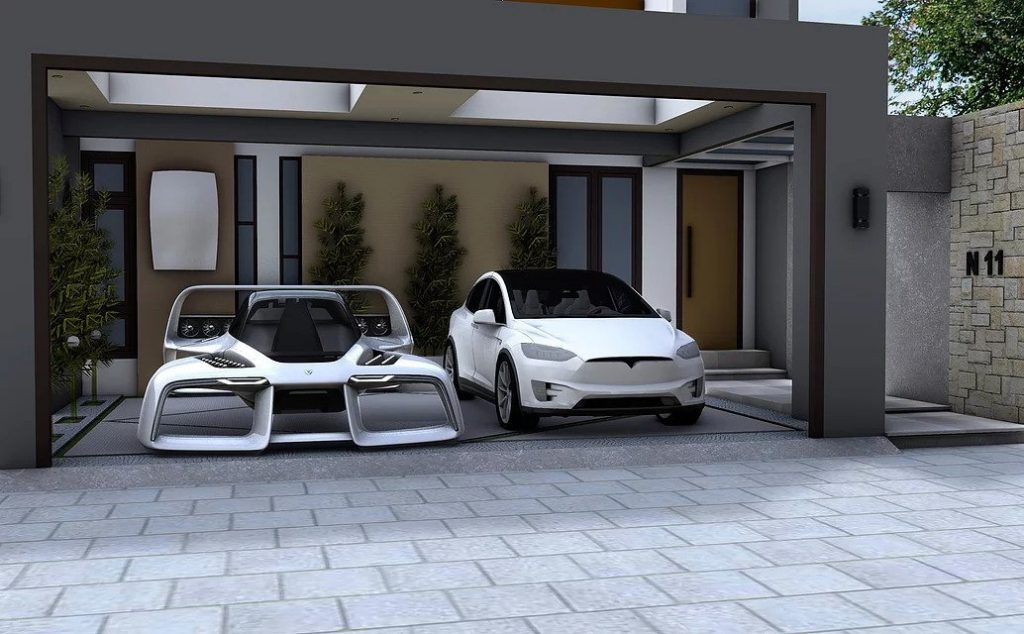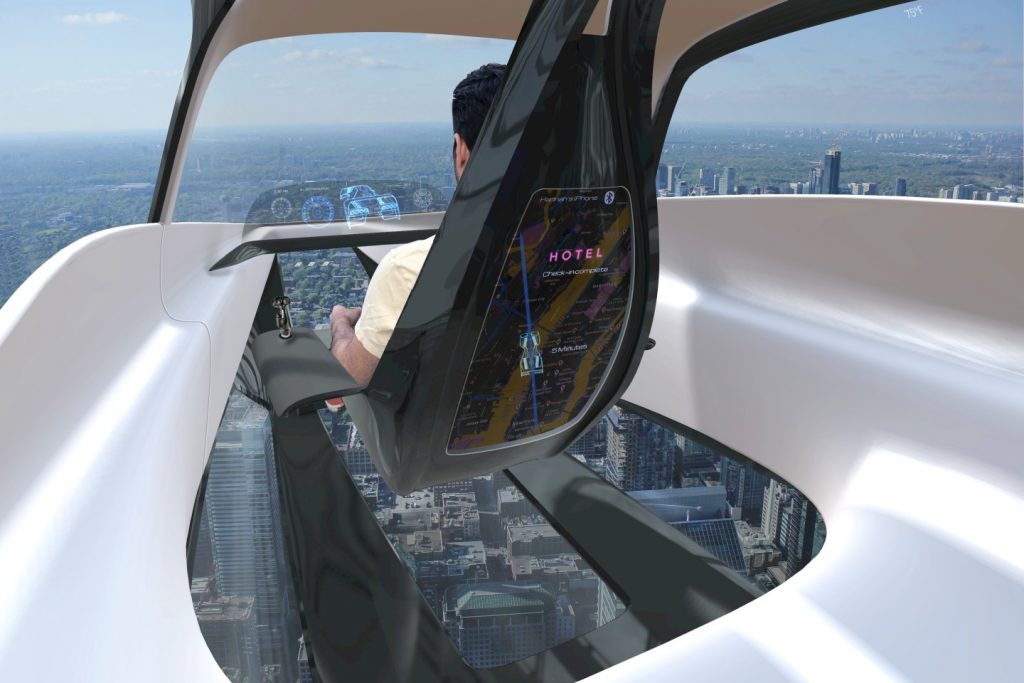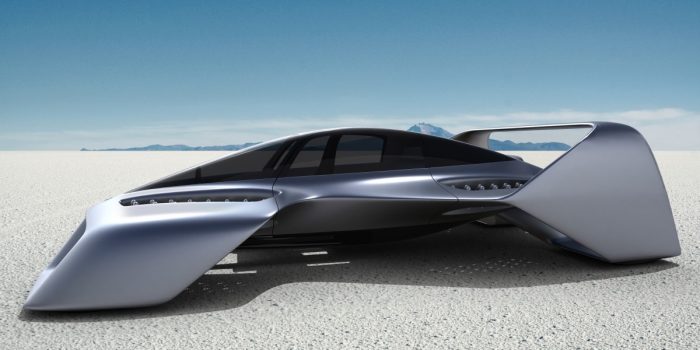Seems like the future with flying cars is just around the corner…
Urban eVTOL, a new company formed by electric propulsion specialist Pete Bitar and automotive designer Carlos Salaff has just made its first futuristic three-seat aircraft/hypercar structure. The Leo Coupe is designed with 16 electric ducted fans for vertical lift and some for horizontal movement and claims to provide 250 mph top speeds and 300-mile range figures. The exterior is made with a double box-winged design which can curl at the front and back to support the car when it’s flying at high speeds. The wings are also small to provide more advantage during high airspeeds for efficient flying and give it the look of a flying hypercar while taking the space of a normal parked car in the garage.

The car is mainly designed with a transparent body so the passengers can enjoy the view and also for the pilot to see where he’s landing. The pilot’s seat is at the front which is suspended from the roof so during automatic pilot, he can easily turn around and have a chat with the passengers. While cars have airbags, this hypercar would have a ballistic parachute as the last resort which would lessen the impact in case of an emergency landing.
You may think that the biggest concern with these hypercars would be the air traffic with flying cars coming from every direction but that’s not the case. What’s more challenging is to create a large number of vertiports which can accommodate these hypercars as they are about to land or it could be an issue. For this reason, more and more people would be investing in ground space since it has a lot of potential for the future.

Another advantage of the lightweight aircraft and the efficient ducted fans is that it would give it a large range coverage of about an hour and 15 minutes in a single take-off. “With our high forward speed of 250 mph, you’re looking at nearly 300 miles, or 450 kilometers, roughly, on a single charge. We’ve done the math on that. We’ve empirically tested the forward thrusters and the vertical thrusters, so we know what we’re going to be burning. And that’s running the vertical thrusters for as much as two or three minutes on takeoff and landing, to account for the forward speed we need.”. commented Bitar.
Guess I should apply for a pilot license ASAP


